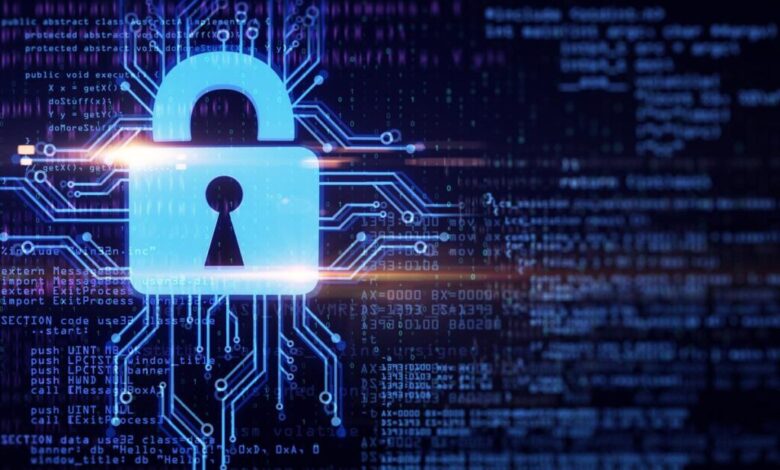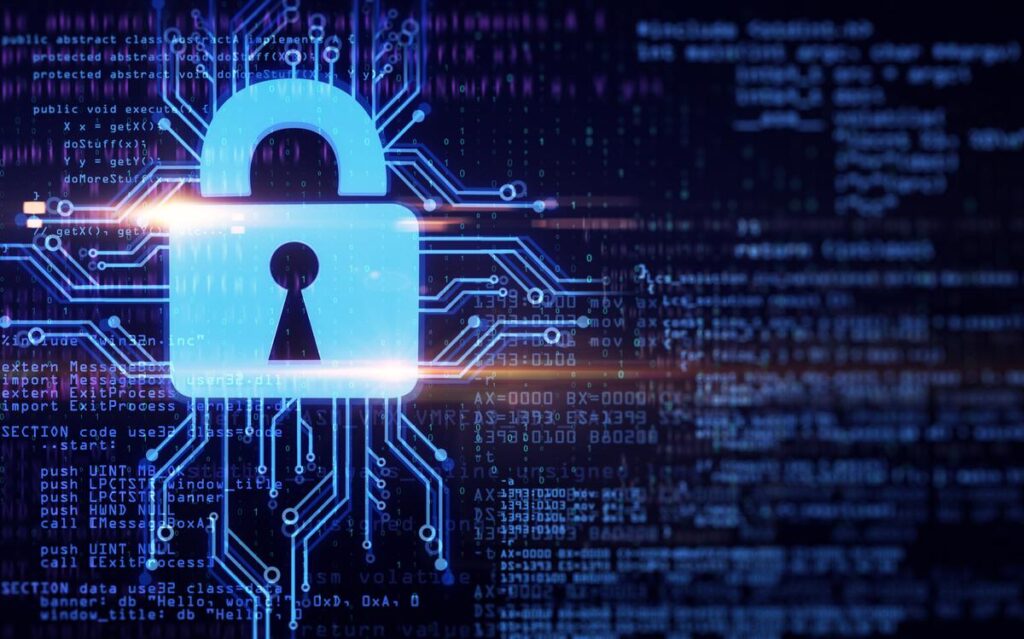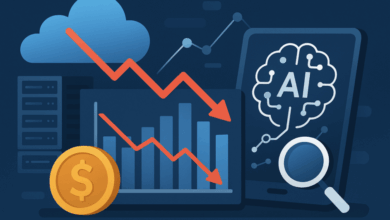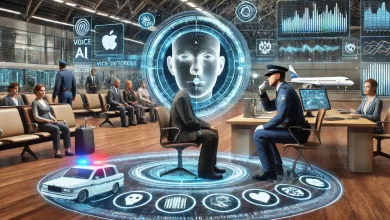AI’s Impact on Cyber Resilience: Supportive Partner or Potential Risk?



According to a Statista report, the value of AI in cybersecurity is expected to rise to $46.3 billion by 2027. The above statistics prove that Artificial Intelligence is undoubtedly having a significant impact on the entire domain of cybersecurity. AI is indeed one of the most crucial tools to deal with cybersecurity challenges. Yet it is also a topic that receives a lot of attention, because the digital ecosystem is changing at an unprecedented pace. The growing challenges in the global cybersecurity landscape highlight rising cyber inequality. It also focuses on the impact of emerging technologies such as artificial intelligence.
Here the question arises: does AI act as a supporting partner and protect cybersecurity or does it pose a potential risk in digital security? This exploration is important for all organizations that use artificial intelligence for multiple operations.
The Role of AI in Increasing Cybersecurity Risk
Like any other technology, AI can serve both benevolent and malicious purposes. Some of the AI tools developed to benefit humanity can be used by threat actors for fraudulent activities, scams and various cybercrimes. Now let’s look at the potential risks of AI in cybersecurity.
1. Optimized cyber attacks
Attackers are now using generative AI and large language models to take their tactics to the next level. This advanced technology allows them to quickly scale attacks, find new ways to exploit the complexity of the cloud, and capitalize on geopolitical tensions for more advanced strategies. Additionally, attackers are optimizing their ransomware and phishing techniques and refining them with generative AI for greater effectiveness.
2. The rise of clever evil agents
Although software has protective measures implemented to prevent the creation of malicious code, resourceful experts can use techniques to bypass these protections and produce malware. For example, a researcher successfully identified a loophole and created a highly sophisticated, nearly undetectable executable for complex data theft, similar to the malware sophistication of state-sponsored threat actors.
This may be just the beginning, as AI’s impact on cybersecurity could influence developers with basic programming skills to effortlessly create automated malware that resembles sophisticated malicious bots. Such bots can steal data, infiltrate networks and conduct system attacks with minimal human intervention.
3. Opacity in decision-making
The algorithms used in assessing security threats may not be transparent, exposing organizations to potential bias or manipulation. The complexity of AI makes it challenging to understand the rationale behind decisions, which hinders improvements.
This lack of clarity can result in suboptimal decisions, which can have serious consequences for an organization’s security. Additionally, AI-based cybersecurity solutions may not consistently accurately identify every threat or breach, potentially leaving risks undetected and causing subsequent damage.
4. Data privacy concerns
Large data sets are often needed to train AI systems efficiently. Privacy concerns arise from the collection and use of sensitive data, especially when it comes to cybersecurity. The improper management of AI deployment in cybersecurity can inadvertently compromise people’s privacy, creating moral and legal dilemmas.
Strengthening cyber resilience through AI integration
Here are the ways AI strengthens cybersecurity and ensures resilience in the ever-changing cybersecurity landscape, ensuring efficient defense against evolving digital threats.
1. Rapid detection and response to threats
Harnessing the power of AI increases the ability to understand the complexity of networks and immediately identify potential threats. AI-driven solutions excel at analyzing extensive data sets, detecting anomalous behavior and identifying malicious activities such as emerging zero-day attacks.
Furthermore, AI in cybersecurity streamlines various security processes, including automated patch management, making it easier to stay vigilant about security requirements.
2. Improved precision and streamlined operations
AI in cybersecurity offers increased precision and efficiency compared to conventional solutions. An illustrative example is AI’s ability to quickly scan numerous devices for potential cybersecurity threats, accomplishing this task in a fraction of the time required by human operators.
Furthermore, AI algorithms excel at identifying complex patterns that can escape human detection, leading to more accurate identification of malicious activity. This advanced pattern recognition contributes significantly to strengthening the overall effectiveness of cybersecurity solutions.
3. Improved scalability and cost optimization
AI’s automation capabilities extend beyond tedious security tasks, freeing up valuable resources for concentrated efforts in other business domains.
AI’s rapid and accurate processing of extensive data sets facilitates the rapid identification of threats beyond human capabilities. This not only shortens response times to security incidents, but also contributes to cost reduction in defending against cybersecurity challenges.
Furthermore, AI-powered tools excel at proactively identifying malicious activity by correlating different data points, thereby strengthening the system’s protection. The scalability of these solutions is remarkable, allowing additional protection without substantial hardware or personnel expenditures.
4. Efficient access control measures
Numerous access control tools integrate AI for increased security. These tools can thwart login attempts from questionable IP addresses, detect and flag suspicious events, and prompt users with weak passwords to improve their credentials through multi-factor authentication.
AI in cybersecurity also plays a crucial role in user authentication. The use of biometrics, contextual information and user behavior data ensures accurate authentication of authorized users, effectively mitigating the risk of unauthorized access or misuse.
In short
The interaction between AI and cybersecurity is quite complex. Although the impact of AI on cybersecurity brings new capabilities that improve threat detection, response times, and overall operational efficiency, also comes with some concerns. A cautious and balanced approach is necessary in light of the increasing sophistication of hostile agents, the optimization of cyber attacks, and concerns about data privacy and transparency. While aggressively addressing AI’s inherent obstacles, organizations must also recognize its revolutionary benefits. Organizations can more securely manage the changing terrain by implementing a comprehensive cybersecurity policy that balances the benefits of AI with human control and strict ethical issues. In this way, the power of technology can be harnessed without compromising our digital resilience.




